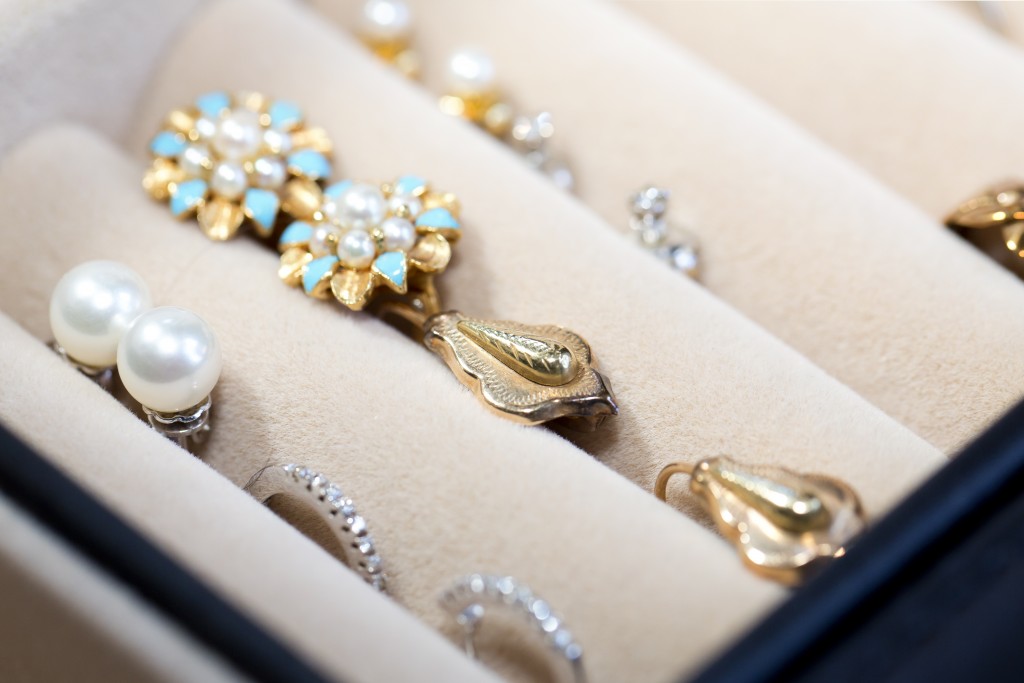Before we start, let’s debunk one common misconception about gemstones: Yes, synthetic gemstones can be as authentic as natural gemstones.
Following industry standards, a “real” gemstone doesn’t depend on whether it was made naturally or synthetically. Lab-created gemstones can be classified as “real” as long as they contain the same mineral makeup as natural stones.
To help you with your buying decisions, we’ll educate you on both natural and synthetic gemstones.
Commonly found synthetic gemstones
Synthetic or lab-created gemstones are named as such because they’re produced in laboratories. These labs use advanced techniques to recreate the time, temperature, pressure, and other elements to create different kinds of gemstones.
Here are commonly sold synthetic gemstones:
- Pearls – Commonly known as cultured pearls, these are made by feeding a foreign substance into an oyster, with the sole purpose of getting it to form a pearl. It’s estimated that up to 99 percent of pearls on the market are cultured.
- Rubies and sapphires – Lab-created rubies and sapphires have fewer inclusions than their naturally-occurring counterparts. In mineralogy, inclusions are materials that get trapped inside a mineral during its formation.
- Diamonds – Lab-grown diamonds sparkle the same and have the same color and clarity as natural diamonds. The only difference is that natural diamonds contain nitrogen, while synthetic diamonds don’t.
How to tell if your gemstone is synthetic or natural?
If both synthetic and natural gemstones share the same mineral makeup, then how can you differentiate them?
You can differentiate natural from synthetic by checking its clarity. Most of the time, synthetic gemstones offer better clarity — they’re likely to be more vivid and richer in color. Also, they’re virtually blemish- or inclusion-free when you look at them. This is because they can be controlled during the production process. Natural gemstones often undergo other processes like heat treatment to bring out their natural color and to remove inclusions.
Popularity and value

According to a Future Market Insights report, more than 85 percent of gemstones sold in the market are synthetic. The study said that the versatile physical attributes and the relatively lower price point of lab-made stones would continue to position them as the preferred choice over natural stones. Gemstones like sapphires and rubies can be produced less expensively, making them less expensive for consumers.
Despite that, there are still many clients who prefer natural stones because of their rarity. For example, diamonds. They’re among the hardest materials on earth. They’re formed from millions of years of geological pressure and are extracted from deep mines in the earth. This labor-intensive process, along with tight industry manipulation and marketing, leads to a perception of rarity, that drives their prices.
Are synthetic stones inferior?
While synthetic gemstones are less expensive than natural stones, this doesn’t mean they are of low quality. Again, lab-made stones can be classified as “real” as long as they possess the same mineral makeup as natural stones.
If you’re thinking you’re not going to get your money’s worth if you buy lab-made gemstones, you’re wrong. They can be as authentic as natural gemstones, but only less expensive.

